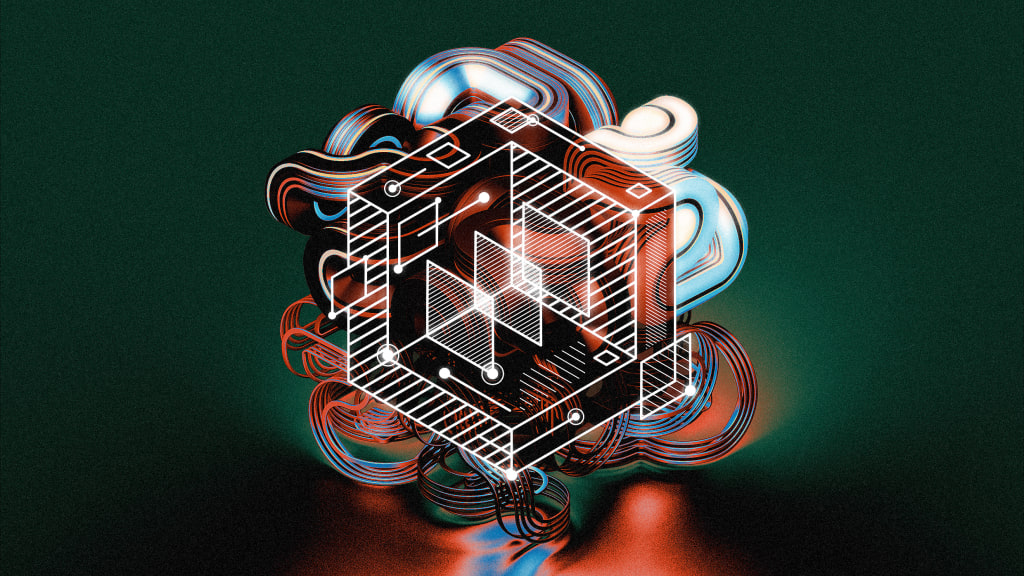Beyond Tech: How Smart Design Holds the Key to Solving the Environmental Crisis

The climate crisis demands urgent action, and while technological advancements often grab headlines, a quieter revolution is underway: a focus on design. Forget the hype surrounding futuristic fixes; the real power to address environmental challenges lies in rethinking how we operate – from the materials we use to the very structure of our supply chains. This article explores why design, not just technology, is the key to unlocking a sustainable future.
The Problem with Tech-Centric Solutions
It's easy to get caught up in the promise of groundbreaking technologies – carbon capture, fusion energy, geoengineering. These innovations hold potential, but they often come with significant costs, long timelines, and unforeseen consequences. Furthermore, relying solely on technology risks ignoring the root causes of environmental degradation: unsustainable consumption patterns, inefficient resource use, and linear ‘take-make-dispose’ business models.
Design's Powerful Role
Design, in this context, goes far beyond aesthetics. It’s a holistic process that considers the entire lifecycle of a product or service, from raw material extraction to end-of-life disposal. It's about fundamentally rethinking how we create, distribute, and consume. Here's how design can be a game-changer:
- Material Innovation: Moving away from virgin materials and embracing recycled, renewable, and biodegradable alternatives. Design can dictate the use of these materials, prioritizing durability and minimizing waste.
- Circular Economy Principles: Designing for disassembly, repair, and reuse. This shifts the focus from disposable products to durable, adaptable ones that can be kept in use for longer.
- Supply Chain Optimization: Mapping and minimizing the environmental impact of every step in the supply chain, from sourcing to transportation to manufacturing. Localizing production and reducing transportation distances can significantly reduce carbon emissions.
- Product Longevity: Designing products that last longer, are easily repairable, and can be upgraded rather than replaced. This reduces the demand for new resources and minimizes waste.
- Service-Based Models: Shifting from selling products to providing services. For example, instead of selling light bulbs, a company might sell ‘illumination as a service,’ taking responsibility for the bulb’s lifecycle and ensuring its efficient operation and eventual recycling.
Real-World Examples
Numerous companies are already demonstrating the power of design-led sustainability:
- Patagonia: Known for its durable, repairable clothing and its commitment to using recycled materials.
- Interface: A carpet tile manufacturer that has embraced circular economy principles, designing tiles that can be easily replaced and recycled.
- Fairphone: A smartphone designed for longevity, repairability, and ethical sourcing of materials.
The Path Forward
To truly tackle the environmental crisis, we need a paradigm shift. We need to move beyond the allure of technological silver bullets and embrace the power of thoughtful design. This requires a collaborative effort involving designers, engineers, businesses, and policymakers. By prioritizing design that minimizes environmental impact, promotes circularity, and fosters responsible consumption, we can create a more sustainable and resilient future for all. The time to act is now – and the solution may be simpler, and more readily achievable, than we think. It’s not about inventing the next big thing; it’s about redesigning the world we live in.





